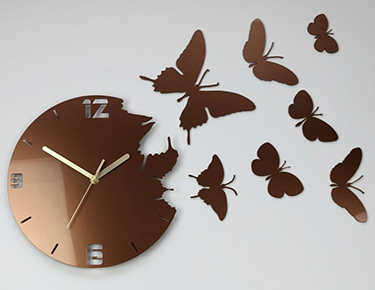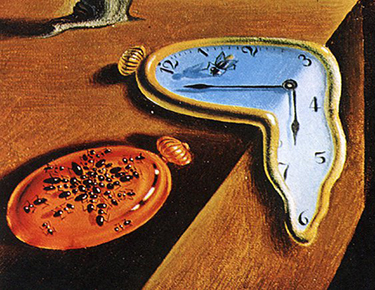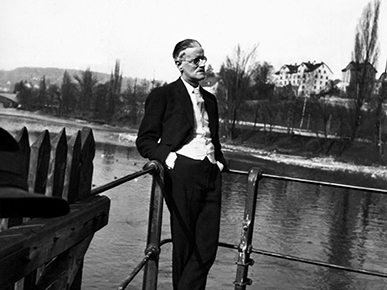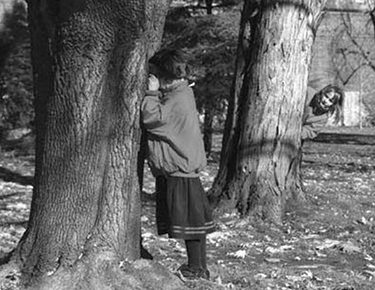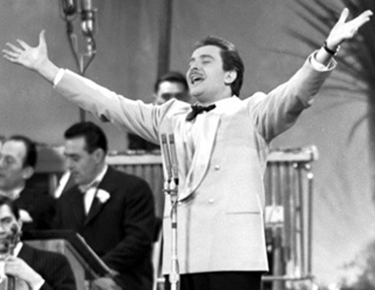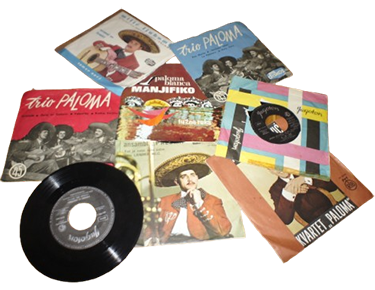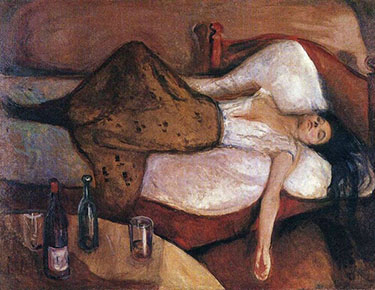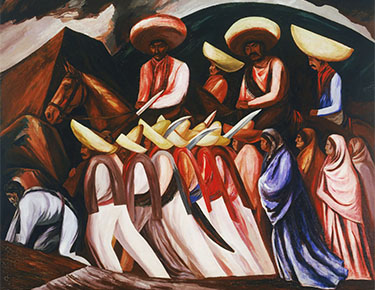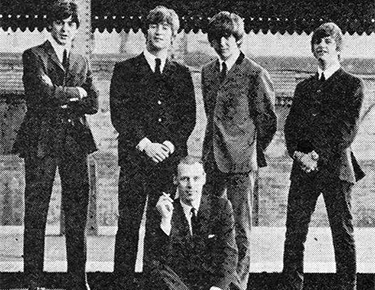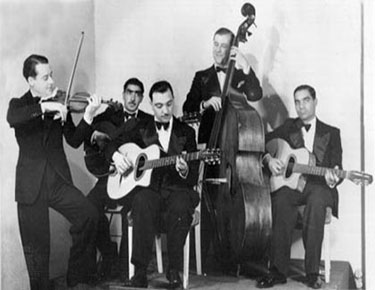J ednog vrelog letnjeg popodneva, pre petnaestak godina, na ćošku moje ulice, pored kontejnera, stajala je kutija prepuna starih singl ploča. Bila sam zapanjena da neko uopšte može ploče da baci u đubre! Ejjj da baci muziku!! Nevera ☹ Po sadržaju ploča sabijenih u kartonsku kutuju, celo jedno vreme 50ih i 60tih god prošlog veka bilo je izbačeno na ulicu. Nečiji život, nečija mladost stajala je zafrljačena pored kontejnera!!
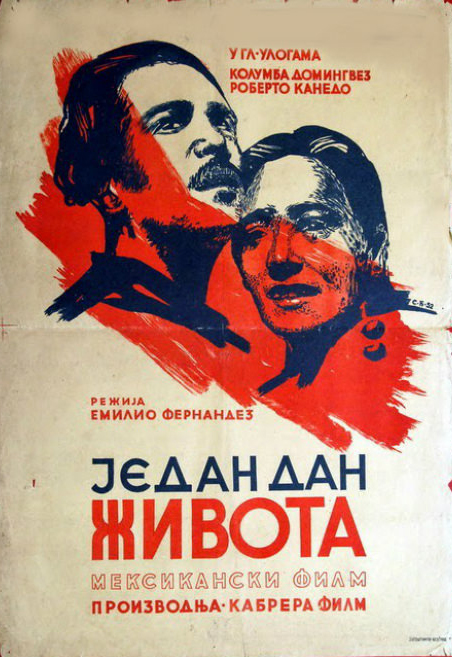
Sa filmom „Jedan dan života“ (Un día de vida) meksičkog reditelja Emilija Fernandeza, koji je, rečeno jezikom današnjice, razbio box office jugoslovenskih bioskopa tog doba, stigla je i pesma „Mamma huanita“, koja je postala ultimativni hit i u tadašnjoj jugoslovenskoj muzici dovela do stvaranja vrlo popularnih jugoslovenskih meksičkih muzičkih grupa. Ta pojava je bila tako neobična i značajna da je u istoriji jugoslovenske muzičke scene poznata pod nazivom YUMEX (jugoslovenske meksičke pesme)
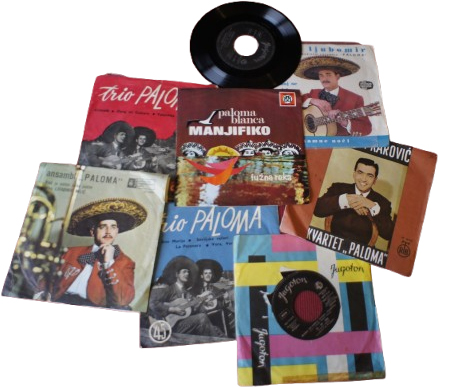
Film “Jedan dan života” je priča o dvojici muškaraca u meksičkoj revolucij, nekada bliskih prijatelja, koji su se sticajem okolnosti našli na suprotnim stranama. Jedan je oficir, dok drugom, u očekivanju smrtne kazne, u posetu dolazi majka, nesvesna da je bivši sinov prijatelj sada njegov neprijatelj. I tu nastaje opšti lom. Film je toliko zaneo jugoslovenske filmske gledaoce da je u jednom zagrebačkom bioskopu bio prikazivan 284 dana uzastopno, a pesma “Mama Huanita” postala toliko popularna da su domaći muzičari počeli da je sviraju na svadbama i veseljima. Ubrzo nakon toga pojavili su se i tzv jugoslovenski Meksikanci, muzičari i pevači, koji su obučeni u meksička odela izvodili meksičke pesme na srpsko-hrvatskom jeziku i to ne samo prepeve meksikanskih hitova nego i originalno komponovane pesme u meksičkom maniru.
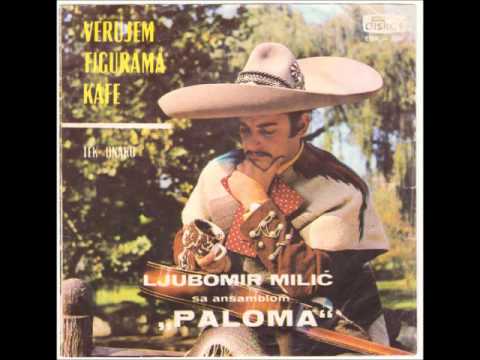
Kako dugačije? Arriba mexicooooooo 😊
Moja žena uvek priča
kako lutam na sve strane
Kako za nju ja ne marim
Dođem kući tek kad svane.
Šta se može kad sam stalno
Ja u društvu lepih žena
I kad barem jedna uvek
vuče mene za ramena..

Pomenuti Ljubomir Milić bio je najpoznatiji jugoslovenski Meksikanac i bukvalno je tako izgledao: tanki brčići, meksički sombrero, tradicionalno odelo – čitav folklor Meksika ogledao se na njemu i celom ansamblu Paloma. A i pesme su bile egzotične i sa „ozbiljnim“ porukama: “Ne tešite tuđe žene” (ajde!) “Sam kao vetar”, “Kad je volim neka patim” (saće suze da mi grunu, šmrc, šmrc), “Ljubimac žena” (obavezno) “Nemoj se ženiti” (mnogi bi rekli da i nije loša ideja) 😉 Iako je gdin Milić neslužbeno bio najtipičniji jugomeksikanac, Crnogorac Nikola Karović je takođe kao Meksikanac toliko žario i palio jugoslovenskom muzičkom scenom tog doba da je čak bio pozvan da peva na dočeku meksičkog predsednika Adolfa Lopeza Mateosa. S druge strane i Slavko Perović, jedan od viđenijih jugoslovensih Meksikanaca, u pesmi tvrdi da je baš on pravi Meksikanac,
Ja sam pravi Meksikanac
Ja sam ponos kraja mog
Gde god dođem, svud sam voljen
Svako voli osmeh moj
Imam konja i sombrero
Volim pesmu srca svog
Sve su noći uvek moje
Ja- je takav život moj
Jugoslovenska meksikanska muzika manijačila je skoro deceniju i ko zna koliko bi još dugo ta muzika bila glavni mejnstrim tok jugoslovenske popularne muzike, da se nije pojavio – rokenrol. Mene se lično kao dete nikada nije dojmilo to puj puj podvriskivanje, mamuze, sombrero ito. Kada sam prvi put na mom radiju sa okom začula zvuke rokenrola sa talasa Radio Luksemburga sve drugo je prestalo da postoji.
Ipak, kao izuzetno interesantna, takorekuć nesvakidašnja pojava u istoriji popularne muzike ostaće zapisana ta decenija meksičke muzike u Jugoslaviji. Junaci ove "sombrero" ere iz 1950-ih i 1960-ih godina bili su Nikola Karović, Slavko Perović, Ljubomir Milić, Miroslava Mrđa, Ana Milosavljević, Nevenka Arsova, grupe "TiViDi", "Tenori" ,"Paloma"...Muziku koja je u zemlju stigla iz revolucionarnog Meksika, zamenila je prava svetska muzička revolucija-rokenrol. I tu se svaka priča o revoluciji završava.
Adios muchachos, long live r’n’roll!
JJBeba

